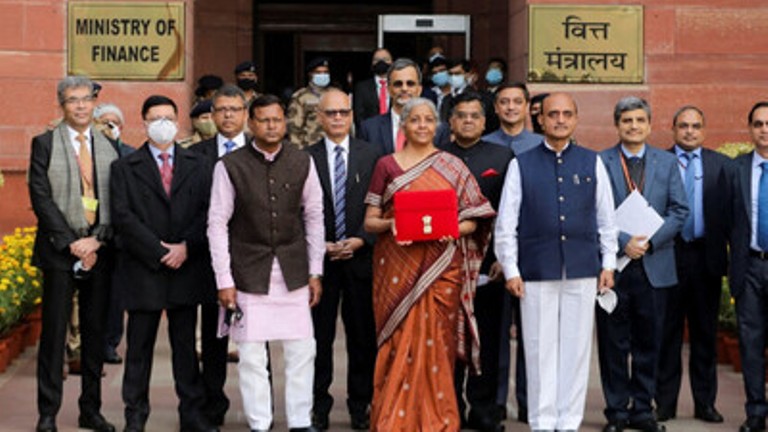Budget 2022-23: Analysis of FM's speech by Yamini Sant
By: Yamini Sant
Radiance News Service
The year 2022 marks the 75th year of India’s independence. A monumental landmark that should inspire monumental measures to be put in place, in order to bring India to its zenith, and help achieve its vast potential. The budget for 2022 is an aspirational document. It sets out a vision for an “Amrit Kaal” to usher in prosperity, growth, and inclusive development by the time India completes 100 years. Its focus is on technologies of the future, sunrise sectors such as AI, drone technology, biotechnology, clean energy, etc for which it seeks to mobilise funds from various sources. It aims to enhance infrastructure through PM GatiShakti and reduce logistics cost, crowd-in private investment. It seeks to undo the damage wrought by the pandemic on its student population by providing an impetus to Digital Education with initiatives such as the-education, one nation-one class, teacher training; and digital deepening through Bharatnet so that fruits of these initiatives may be distributed equally irrespective of geography. It seeks to empower citizens by reducing compliance burden, through ease of doing business measures like single-window clearances, promotion of MSMEs by enhancing on-time payments, and more. Thus, technological solutions are imagined for age-old problems related to bureaucratic red-tapism and promote “minimum government, maximum governance". The private sector has been provided an enhanced role in the development project, by giving impetus to the PPP model for infrastructure development, provision of blended funds for sunrise sectors by mobilising private sector investments, enhancing private sector investment in agri-tech for providing high tech solutions to challenges faced by farmers and much more.
However, it is disconcerting that the public capital expenditure remains much below potential, raising questions as to whether the government is serious about achieving the vision laid down in the budget speech. The insistence on reducing the fiscal deficit further when the pandemic induced contraction and slowdown requires just the opposite is questionable economics at best. The keynesian compact requires enhanced government expenditure in infrastructure, to bring in the “virtuous cycle” which the budget speech itself propounds. However, there seems to be a greater than ever push towards private sector investment in these projects, when they lack the profitability required for their interest due to long gestation periods. This can act as a speed bump to accelerated investment crucially needed at this hour. Moreover, out of some 39 lakh crore expenditure outlay, not even 7 lakh crore is in the form of capital expenditure, which is less than a sixth of the total outlay. While the budget speech talks about including states as development “partners”, states have not been allowed greater access to untied borrowing, limiting their ability to contribute to India’s growth story. Private final consumption expenditure, which makes up a large chunk of the GDP has been lagging much behind pre-pandemic levels and had been slowing down even before that. There’s nothing in the budget that can help shore up the incomes of the most marginalised. MGNREGA- a crucial scheme for enhancing rural disposable incomes-has not even elicited a mention, a sore oversight considering that recent surveys have indicated how rural incomes have been severely impacted. Worse still, besides a few words regarding the resilience of the population during a pandemic, there’s nothing in the budget to big bang reforms in the health sector. With the pandemic exposing the need for accessible and affordable public healthcare, the speech neglects to mention any concrete steps to enhance actual public health infrastructure, besides a digital health mission.
Thus, the budget offers nothing more than empty words and grandiose promises for the poor, marginalized, women, and youth of this country. There’s no actionable blueprint that can provide a tangible and concrete path to achieving the vision for “Amrit Kaal” laid down in the budget speech.
The author is M. Phil Economics from Jawaharlal Nehru University, New Delhi.


